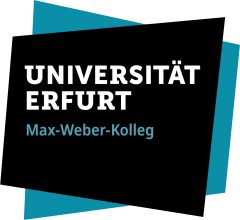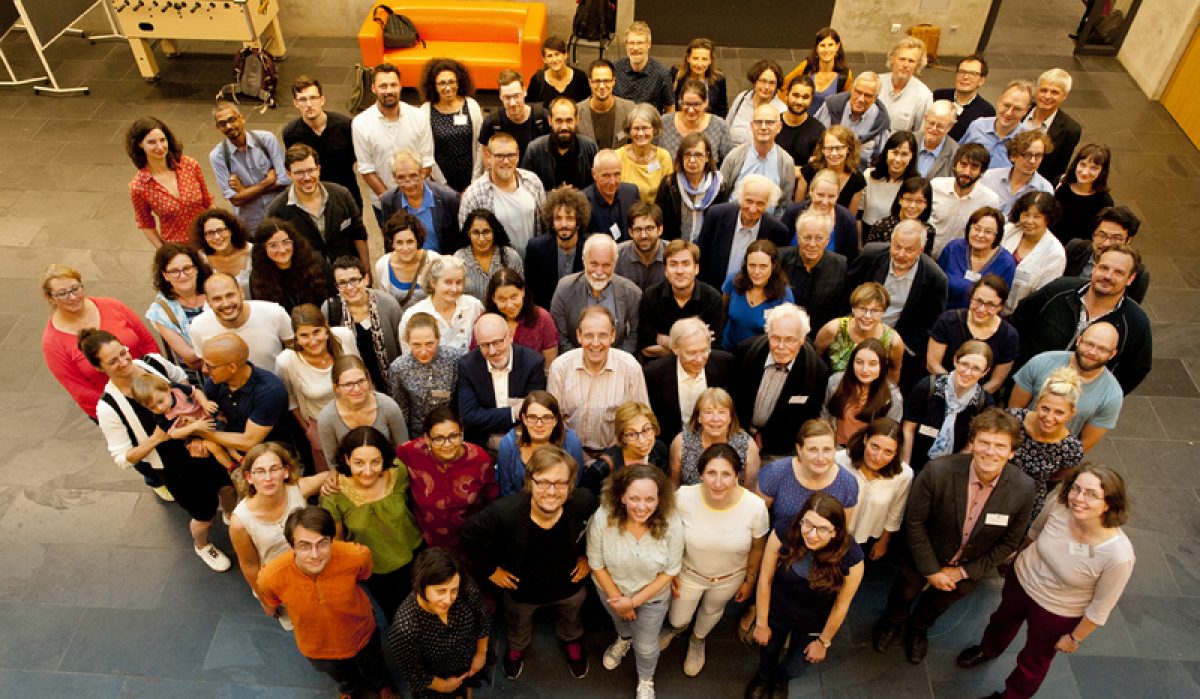This paper will first discuss the category of ‘temple town’ and ‘temple
urbanism and temple urbanization’ in South India as presented in the historical research and try to understand the viability of such phrases/terms as typologies for understanding religion and urbanity. Secondly, it will explore the development of Srirangam as an urban centre around a single cultic focus of the Ranganathasvami temple. An attempt will be made to analyse the processes through which the temple became the centre of diffusion not only for religious ideas and Srivaishnava community identities, but also of societal and political aspects of urbanism and urbanity that influenced its character and settlement patterns in the early modern period, from the fourteenth to eighteenth century CE.
Zum Inhalt springen

